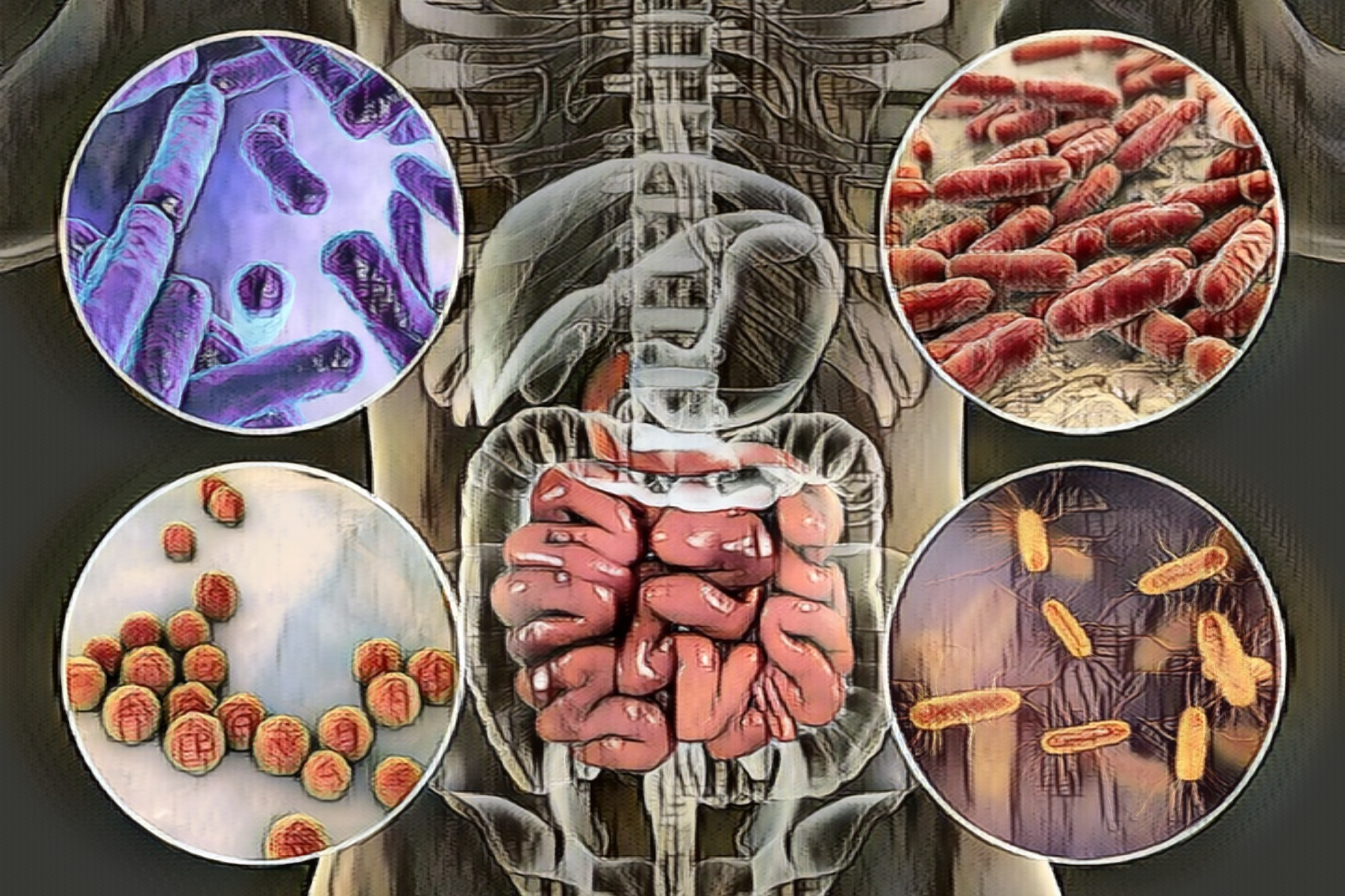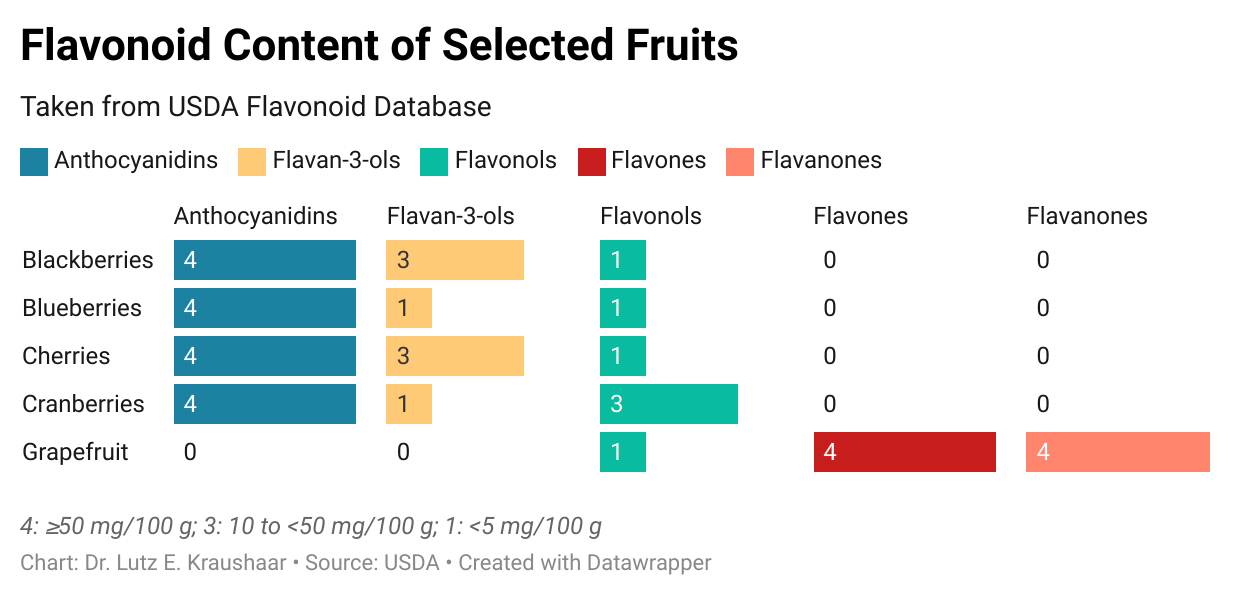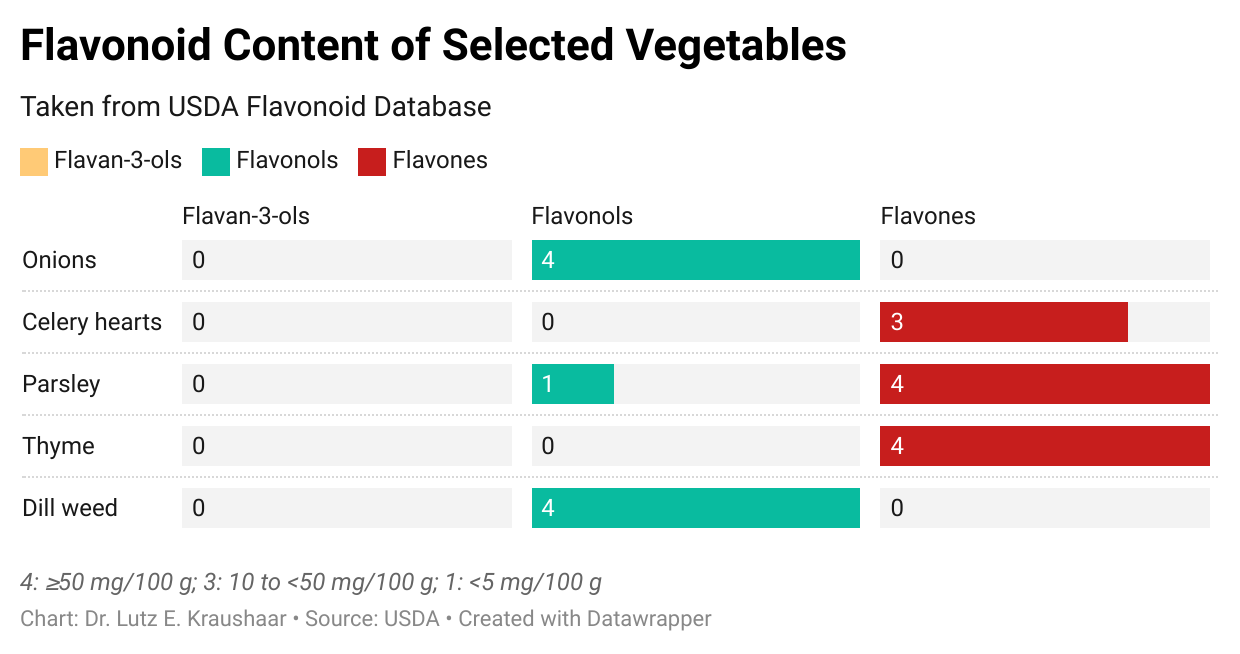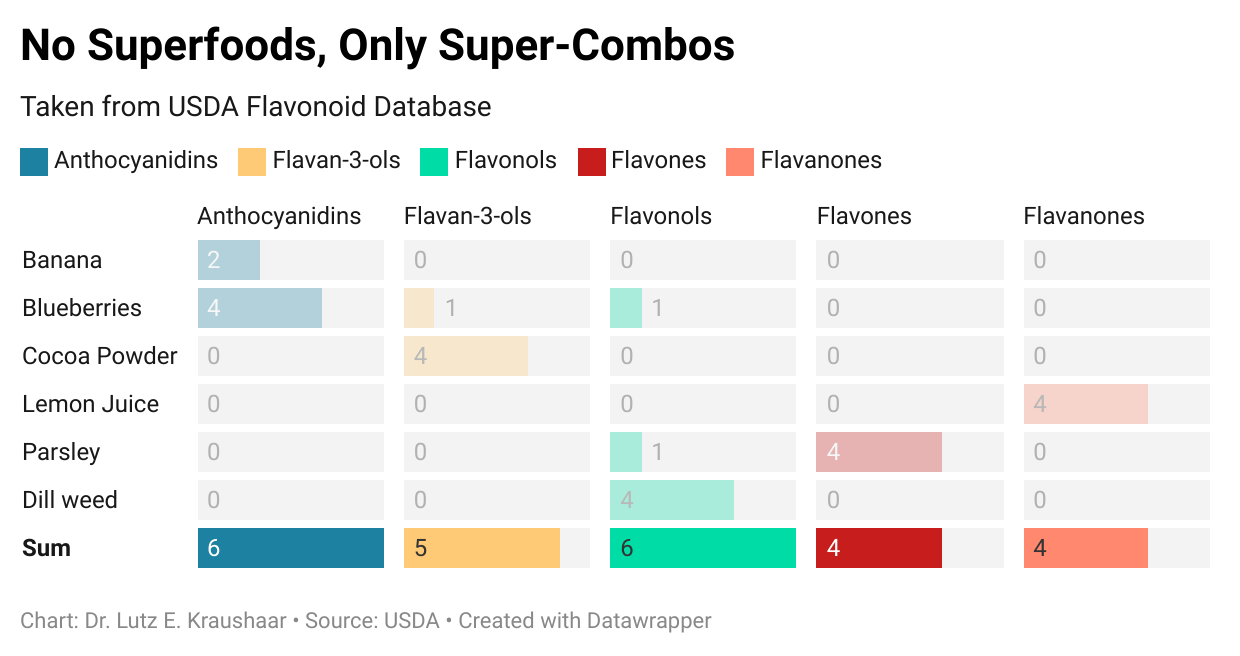There are no superfoods, only supercombos. Here is how to find the right one for you:
The idea that some magical food holds the key to rejuvenation is as old as mankind. The Greeks believed their gods’ eternal youth stemmed from copious consumption of ambrosia, a mythical food that stripped away the effects of aging.
According to Homer, that is what happened when goddess Athena lavished it over the ordinary mortal Penelope, Odysseus’ wife.
Two thousand years later, we have supplements doing the Ambrosia job.
At least that’s what a billion-dollar industry tries to make us believe.
Flavonoids: a miracle compound?…
The industry’s current love child is flavonoids, a sub-class of the so-called polyphenols.
Flavonoids are chemical compounds that give plants their colors. They occur in all fruits and vegetables, in cocoa, tea, coffee, and red wine.
Since their discovery 90 years ago, we have learned that flavonoid consumption in the diet correlates with health and life expectancy [1].
Until recently, the flavonoids’ antioxidant capacity was thought to be the key to their health-promoting effects.
These insights have spawned an industry to isolate flavonoids into supplements, promising protection against premature aging, oxidative damage, cancer, and other diseases.

… “No”, says science
The European Food Safety Authority (EFSA), the custodian of health claims, thinks otherwise.
EFSA states that there is no hard evidence to support any claim for a cause-effect relationship between supplementation and the promised health outcomes.
Rightfully so, because once you investigate those claims, you’ll discover several layers of deception between what the lab results say and what the industry’s labels promise.
(Almost) no direct anti-oxidant capacity
When scientists exposed cell cultures to flavonoid extracts, they discovered their strong anti-oxidant capacity.
But what happens in a lab dish (in vitro) is often vastly different from what happens in a live organism (in vivo).
Today, we know that flavonoids don’t really make it into the bloodstream as intact bioactive compounds [2].
Which is where they would need to arrive in order to deliver their anti-oxidant payload into cells.
Drinking a glass of orange juice will flood your circulation with enough of the anti-oxidant Vitamin C to beat an overdose of any overpriced flavonoid supplement hands down.
The real target of flavonoids: The microbiome
There is a reason why so few intact flavonoids find their way into the circulation.

Our intestinal microbes, collectively known as the microbiome, rapidly metabolize most of them. Those metabolic products get absorbed into the systemic circulation, where they can act on any organ or tissue in our organism.
While we hardly know anything about how these processes play out, we do know that our microbiome has more than a thousand different receptors for flavonoids [3].
And we also know that most of the receptors are involved in protection against cardiovascular diseases, cancer, and metabolic diseases (think diabetes).
So, without an understanding of the flavonoid route from your mouth to your tissues and organs, how can they stick a specific health claim on their supplement bottles?
Whole foods beat supplements
A recent review and meta-analysis came to the conclusion that there is no scientific support for the benefit of supplementing with flavonoids [4]. It also concluded that maximizing flavonoid intake through your diet is a very good idea.
That should be no surprise. At least not from an evolutionary perspective. Our species’ genome has been shaped by exposure to whole foods, not individual supplements.
And this is where the concept of superfoods emerged. To cut through the chase,
Superfoods are a concept as stupid as supplements.
They give self-proclaimed health gurus something to blabber about, but no nutrition scientist worth their salt would ever subscribe to this concept.
Because, in essence, every food item scores high on one or a few nutrients and low on many others.
Super-combos vs. superfoods
That’s why I like to think in terms of super-combos rather than superfoods.
Here is why:
As far as flavonoids are concerned, we know that the different subclasses are unevenly distributed over their fruit and in vegetable carriers.
So, why not serve our organism with a combination that collectively checks all the subclasses? Particularly those that in vivo research has identified as health- and longevity-promoting.
It’s not a difficult thing to do. Thankfully, the U.S. Department of Agriculture (USDA) maintains a detailed list of fruits and vegetables and their flavonoid content.
So, I searched this list for the common fruits with the highest scores on at least one flavonoid class.

The graph above shows (a) that these fruits typically score high only on one class but not the others, and (b) that out of this handful of fruits, you can easily find the combo that delivers you almost the entire spectrum of flavonoids.
Compare that graph to the same type of graph for vegetables.

Those that made it into the graph are, again, the ones that scored high on at least one flavonoid subgroup.
For me, the surprising finding was that fruits beat veggies hands down when it comes to flavonoid content.
That’s comforting to me. I can create a combo that favors fruits over vegetables because I simply dislike how most vegetables taste.
Now here comes the diet hack for healthy aging (finally)
Find your favorite combo, blend it into a big smoothie, and serve it as breakfast. Every day.
The advantage is that you’ll get all your nutrients in one meal, and you won’t have to worry about what you eat for the rest of the day. No, really!
I have described my personal rejuvenation smoothie in another post.
Maybe it sounds oversimplified, but…
It beats unpalatable diets and the annoyance of having to think about nutrients meal-by-meal.
My wife and I have been enjoying (yes, the smoothie really tastes nice) this power smoothie for 11 years now. And yes, every day (except on vacations, when we enjoy a sinful breakfast buffet).
Our biological age, measured as vascular function, is way below what our birth certificates say.
We are on the wrong side of 60 — no CVD, no cancer, no diabetes, no prescription drugs.
That’s probably not only due to the super-smoothie, but it certainly helps.
3 Caveats:
- My smoothie recipe contains a few more ingredients listed in the post
- My selection of fruits and veggies is geared towards prevention of CVD
- There is more to nutrients than flavonoids. I’ll discuss them in follow-up posts
Oh, and one more thing: it helps if you can monitor day-to-day the effects of your power smoothie on your biological age.
Because, unlike the Greek gods, you need to tailor your ambrosia to your personal predisposition.
How you can do this will be the subject of next week’s post.
References
[1] DelBo C, Bernardi S, Marino M, Porrini M, Tucci M, Guglielmetti S, et al. Systematic Review on Polyphenol Intake and Health Outcomes: Is there Sufficient Evidence to Define a Health-Promoting Polyphenol-Rich Dietary Pattern? Nutrients 2019;11:1355.
[2] Ghosh D, Scheepens A. Vascular action of polyphenols. Mol Nutr Food Res 2009;53:322–31. doi:10.1002/mnfr.200800182.
[3] Lu MF, Xiao ZT, Zhang HY. Where do health benefits of flavonoids come from? Insights from flavonoid targets and their evolutionary history. Biochem Biophys Res Commun 2013;434:701–4. doi:10.1016/j.bbrc.2013.04.035.
[4] Potì F, Santi D, Spaggiari G, Zimetti F, Zanotti I. Polyphenol Health Effects on Cardiovascular and Neurodegenerative Disorders: A Review and Meta-Analysis. Int J Mol Sci 2019;20:351. doi:10.3390/ijms20020351.

